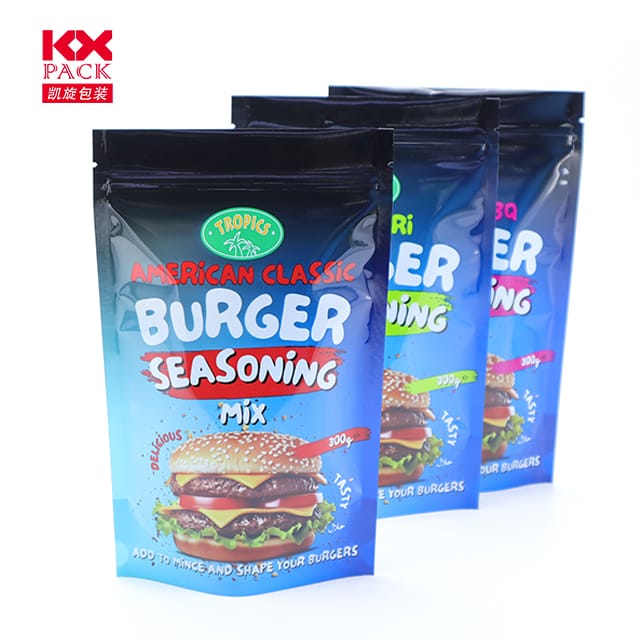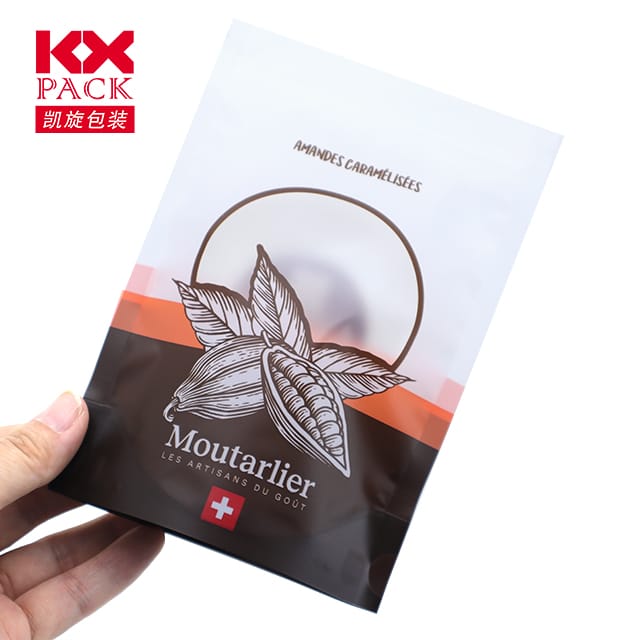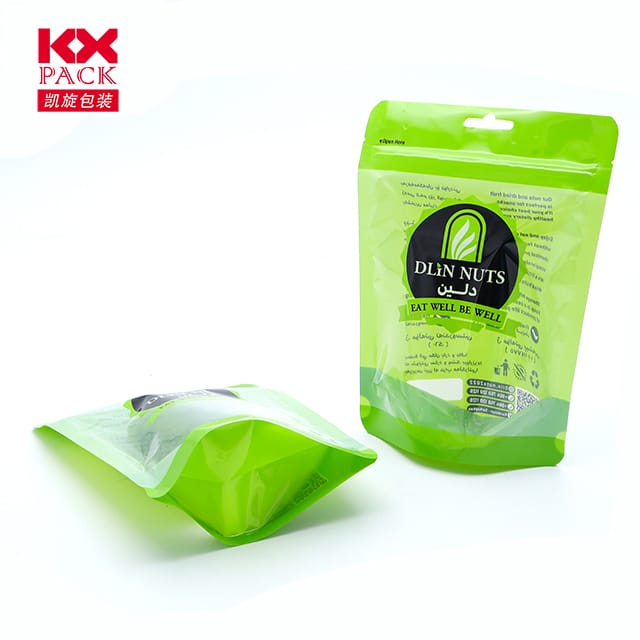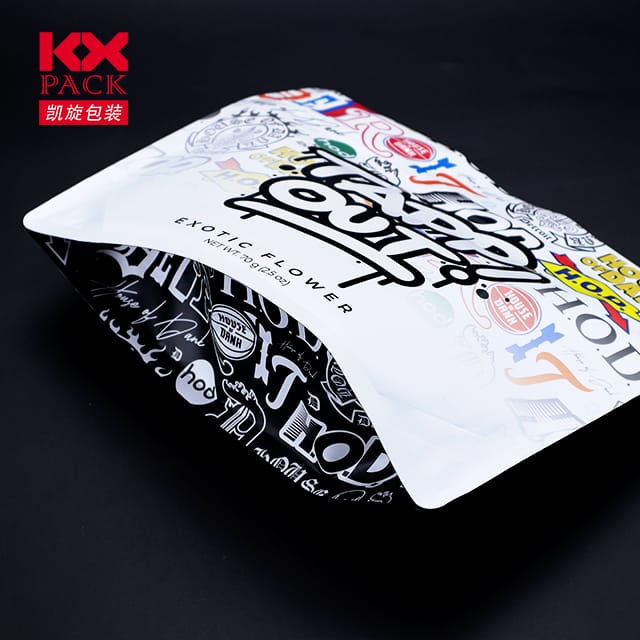Revolutionizing Freshness: The Future of Food Film Packaging in 2025
Paketimi i filmit ushqimor
In an era where sustainability meets innovation, food film packaging is undergoing a transformative shift. No longer just a barrier against contamination, modern food films are engineered to extend shelf life, zvogëloni mbetjet, and even enhance the eating experience—all while minimizing environmental impact. Let’s explore the cutting-edge trends and technologies reshaping this essential industry.
1. Paketim i zgjuar: The Next Frontier in Food Safety
Imagine a Paketimi i filmit ushqimor that changes color when food spoils or releases antioxidants to slow degradation. Welcome to the age of smart food packaging!
- Time-Temperature Indicators (Baba): These labels react to temperature fluctuations, alerting consumers if perishables like meat or dairy have been exposed to unsafe conditions.
- Freshness Sensors: Embedded sensors detect gases (P.sh., ammonia from spoiled fish) and trigger visual changes, ensuring food safety before consumption.
- Paketim aktiv: Paketimi i filmit ushqimor infused with natural compounds like rosemary extract or vitamin C actively combat oxidation, keeping fruits and vegetables crisp longer.
Shembull: Kompanitë u pëlqenMitsubishi Gas Chemical dheInsignia Technologies are pioneering these solutions, with products already in use for premium seafood and meat packaging.
2. Sustainability Takes Center Stage
With global plastic waste soaring, the demand for eco-friendly alternatives has never been higher. Ja se si po përgjigjet industria:
- Filma të biodegradueshëm: Made from plant-based materials like cassava starch, celulozë, or algae, these Paketimi i filmit ushqimors decompose naturally within months, unlike traditional plastics.
- Paketim ushqimor: Risitë si seaweed-based wrappers (used by brands like Fletore) ose fruit peel-inspired films eliminate waste entirely.
- Përmbajtje e ricikluar: Markat po përfshijnë riciklimin pas konsumatorit (PCR) plastics into films, reducing reliance on virgin materials.
Stat Alert: The global biodegradable food packaging market is projected to grow at12.8% Çaj përmes 2030, driven by consumer demand for greener options.
3. Advanced Barrier Technologies: Keeping Food Fresher, Longer
Modern Paketimi i filmit ushqimor are engineered to tackle specific challenges:
- Oxygen Scavengers: Films with built-in oxygen absorbers prevent oxidation, ideale për snack, kafe, and nuts.
- Moisture Control: Multi-layer films with hydrophobic coatings protect dry goods like cereals from humidity.
- UV Blocking: For light-sensitive products like beer or oils, films with UV inhibitors maintain quality during storage and transport.
Studim i rastit: Amcor’s high-barrier laminates for cheese packaging reduce oxygen transmission by 99%, extending shelf life by up to 50%.
4. Customization for Every Need
From single-serve snacks to bulk industrial packaging, flexibility is key:
- Printable Films: High-resolution printing allows brands to create eye-catching designs while maintaining functionality.
- Resealable Features: Zippers or adhesive strips enhance convenience for consumers, reducing food waste from partially used products.
- Thermoformable Films: These adapt to irregular shapes, perfect for packaging fresh produce or ready-to-eat meals.
Trend Alert: The rise ofe-commerce grocery has spurred demand for puncture-resistant films that withstand shipping while keeping contents intact.
5. The Role of Nanotechnology
Nanomaterials are unlocking new possibilities:
- Nano-coatings: Ultra-thin layers improve barrier properties without adding bulk, making films lighter and more efficient.
- Antimicrobial Films: Silver or zinc oxide nanoparticles inhibit bacterial growth, extending the life of perishables like meat and bread.
Research Spotlight: A 2024 study found that nano-silver-coated films reducedE. coli contamination in packaged lettuce by 99.9% i tepërt 14 ditë.
Sfidat dhe rruga përpara
Megjithë përparimin, hurdles remain:
- Kosto: Biodegradable materials are often pricier than conventional plastics, though economies of scale are narrowing the gap.
- Arsim i konsumatorëve: Many remain unaware of recycling guidelines for compostable films, leading to contamination in waste streams.
- Pengesa rregullatore: Approvals for new materials vary by region, slowing global adoption.
Mendimet përfundimtare
Food film packaging is no longer just about wrapping—it’s a dynamic field where science, qëndrueshmëri, and design converge. As brands prioritize circular economy principles and consumers demand transparency, the future of packaging looks brighter (dhe më të gjelbër) than ever.
Ready to make a switch? Shikoni për çertifikata siOk komposto oseTüv Austri when shopping for eco-friendly options, and support companies investing in innovation.
What’s your take on food packaging’s future? Ndani mendimet tuaja më poshtë! 🌱📦







